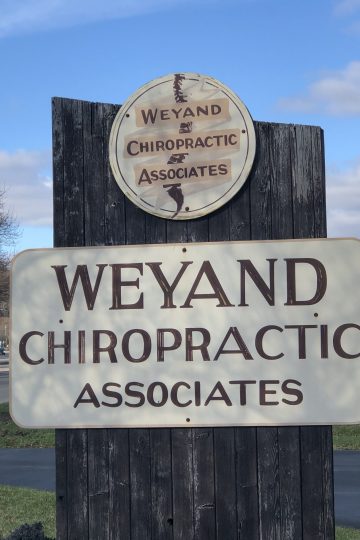How Can We Help You?
Chiropractic care is a conservative (non-drug, non-surgical) treatment to musculoskeletal conditions. Chiropractic is proven to be one of the most effective means in treating headaches, back pain and joint pain. Chiropractic care may be an option for you if you have any of the following:
- Recurring or chronic headaches
- Pain or stiffness in the neck from whiplash or other causes
- Pain, stiffness, or numbness in back or shoulders
- Sciatic or sacroiliac pain
- Pain, stiffness, or numbness in joints, legs, arms, or hands
- Sprains, strains, or muscle spasms
- Lower back pain
- Mid back/Rib pain
- Disc herniation
- Lumbar Spinal Stenosis
- Physical activity/Sports injuries
- Post surgical rehabilitation
- Management of chronic inflammatory diseases such as arthritis, degenerative disc disease, disc herniations
- Other aches or pains in your structural muscular and nervous system

